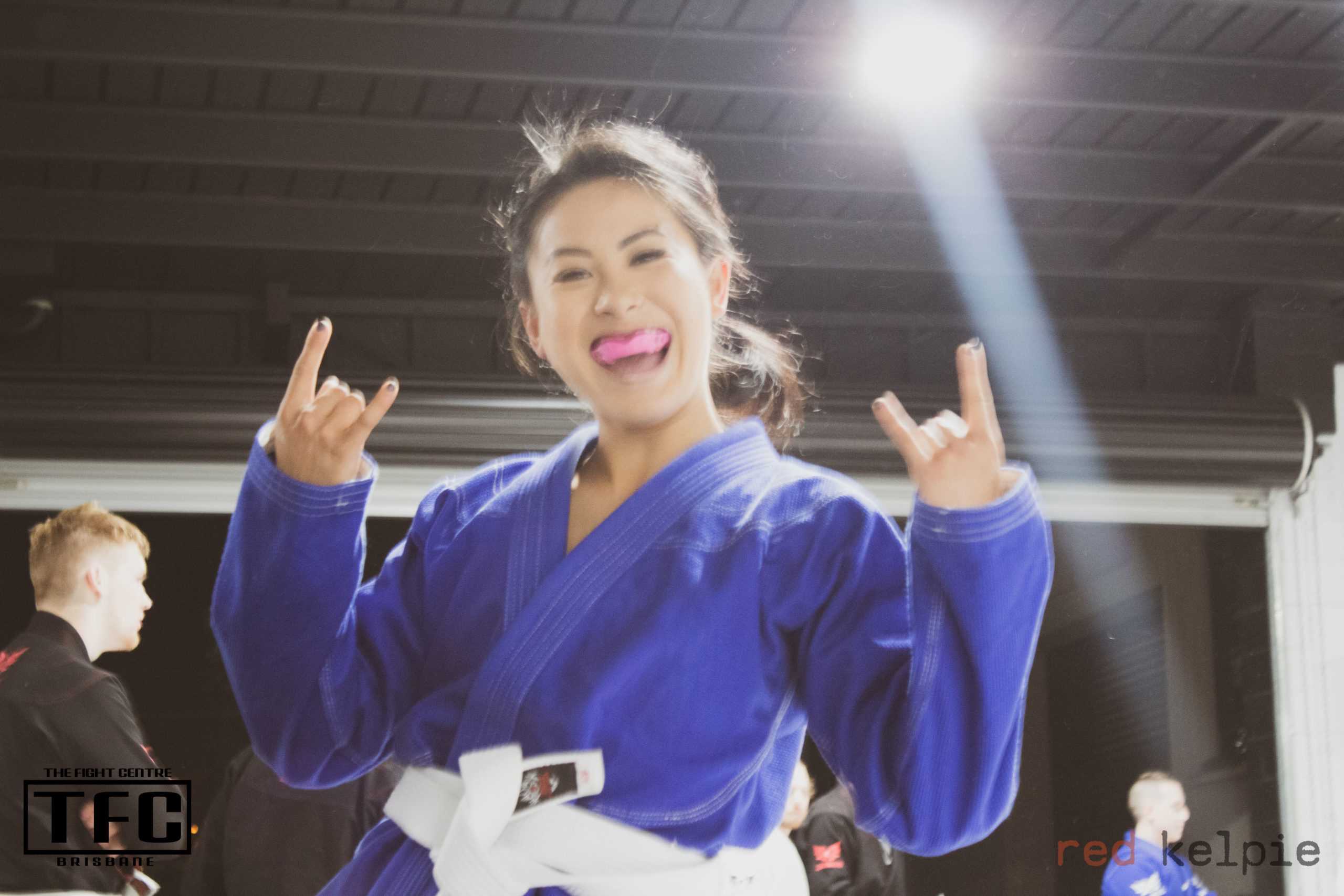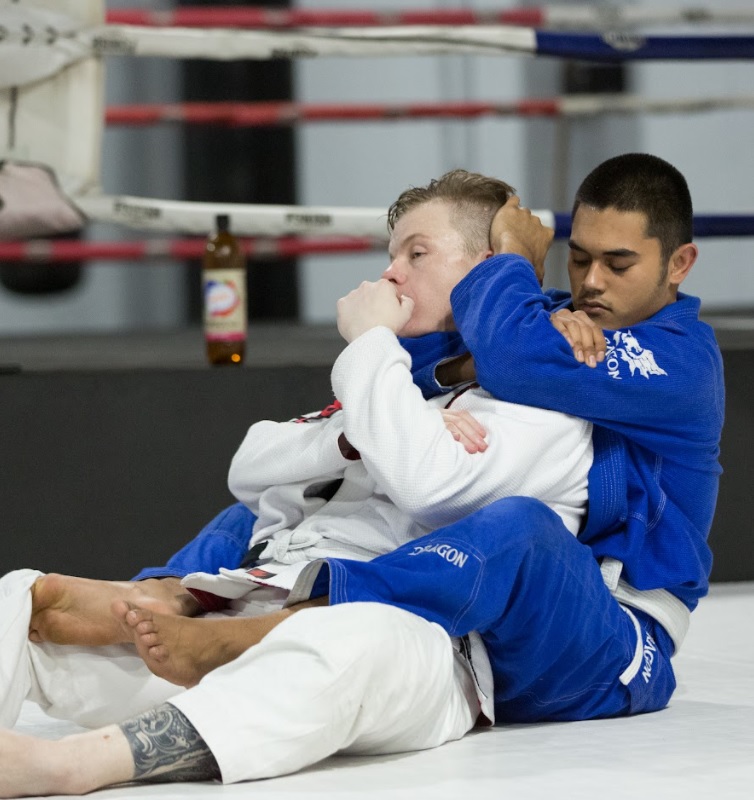Brazilian Jiu Jitsu vs Japanese Jiu Jitsu. Are they similar? Or worlds apart?
Japan may not necessarily the home of martial arts. [1] However, we can’t deny that a great variety of martial arts styles come from this island country in the Pacific. Aikido, Karate, and Judo are only a few examples. Let’s talk about one of those styles in particular, though. It’s one of the most popular martial arts today: Jiu Jitsu.
Is Jiu Jitsu Japanese or Brazilian? Well, the term itself is Japanese, translating to gentle art. Japanese samurai developed it as a way to engage in unarmed combat. You would think that striking is a viable option, but they wore heavy armour that made it ineffective. [2] Some strikes did come later, though they are supplementary in the art form. The origins of Jiu Jitsu still hold today. It is still a martial art primarily acting on joint manipulation, chokes and holds. [3]
Jiu Jitsu has Japanese and Brazilian forms. But is there a difference between Jiu Jitsu and Brazilian Jiu Jitsu? Well, there are some key similarities and differences between the two. We’ll explore them in this article.
-
1 Ground Fighting
Many assume that Jiu Jitsu is an exclusively ground based martial art. This is not the case, though we can see where the confusion is coming from.
BJJ is almost always performed on the ground, but it’s not the same for its Japanese counterpart. Japanese Jiu Jitsu developed as a hybrid martial art. It had ground fighting, but that was only one part of the system. Brazilian Jiu Jitsu, on the other hand, takes influence from earlier versions of Kodokan Judo. Particularly, pre-WW2 versions of it. (It was then that it had a greater emphasis on ground fighting.)
Mitsuyo Maeda – The man, the legend.
Mitsuyo Maeda was a Judoka (student of Judo) from Japan. He made himself known as Count Combat as he travelled the world teaching Judo. Maeda was small in stature, standing at only 164cm. Yet, he fought with practitioners of different disciplines, winning over a thousand fights. Unimposing and incredibly skilled. This was the sensei of Carlos Gracie, founder of Brazilian Jiu Jitsu[4].
-
2 Striking
Judo had a strong influence on the formation of Brazilian Jiu Jitsu. Because of this, striking is prohibited when training or competing in BJJ.[5]
Some techniques deal with the dangers that come from receiving strikes. (An excellent example of this is the get-up technique.) However, there are no offensive striking techniques in BJJ at all.
This is not the case in Japanese Jiu Jitsu. Although not the primary focus, striking does play a significant role. Striking in JJJ helps close the gap between two fighters. This puts them in close enough range to execute a takedown and eventually a hold, lock, or choke.
Positioning is critical when training BJJ, and striking isn’t permitted in training/competition. However, it’s best to know how to apply both at the same time. After all, an altercation outside of the gym will have no rules to prohibit strikes. Therefore, ensure you are conscious about both when training. This is to not build up bad habits that may put you at a disadvantage later on.
After all, self-defence is one of the perks of martial arts. While competition is important, it’s best not to neglect practices with real-world applicability.
The influence of Eddie Bravo
There is a competition growing in popularity called Combat Jiu Jitsu. Eddie Bravo, a pioneer in the BJJ world, founded this promotion. Bravo has made a name in bridging the gap between BJJ and its use in MMA. Combat Jiu Jitsu follows almost the same ruleset as traditional BJJ, with one notable difference. It allows open palm strikes.
-
3 Real-World Applicability
There are many reasons why someone might start doing martial arts. One of the most common reasons is self-defence. There isn’t much that can prepare a person for confrontation other than simulating combat. We call this simulation ‘sparring’ in other arts and ‘rolling’ in BJJ.
Japanese Jiu Jitsu doesn’t typically incorporate this aspect of training. Some schools include sparring, especially those geared towards the sport aspect. However, they emphasize learning and refining kata, like Karate. Kata are movements practised to increase speed and precision when executing techniques. [6]
Kata is excellent for technical accuracy. The downside is that without a resisting partner, it isn’t realistic. This may leave students at a disadvantage when they meet conflict in the outside world.
On the other hand, sparring is a significant component of BJJ. Schools encourage their students to take part, as it provides opportunities to practise. In fact, you’ll find it tedious to train without a partner.
The best thing about this setup is that they get a taste of what it’s like to go up against a resisting opponent. This prepares them for what may happen in a real-world confrontation.
UFC – BJJ’s coming out party
Mixed martial arts (MMA) has grown exponentially in the past two decades. It was at UFC 1 that Royce Gracie showed the world how effective BJJ could be. Even more impressive was that this was when UFC had far fewer rules than today. Eye gouging, no weight classes, no rounds, and no judges were the norm.
It is interesting to note that the majority of professional MMA fighters today know BJJ. They have at least some working knowledge of how to use it for offence and defence. Unsurprising, considering that BJJ complements striking disciplines such as Boxing and Muay Thai.
-
4 Conclusion
There is a clear difference between Brazilian Jiu Jitsu vs Japanese Jiu Jitsu, and it’s not all that difficult to identify. Given BJJ’s involvement in mainstream media, its popularity continues to grow, allowing the art to evolve and move forward. That’s not to say that Japanese Jiu Jitsu is obsolete. If you’re looking for a traditional martial arts experience, Japanese Jiu Jitsu is the way to go.





